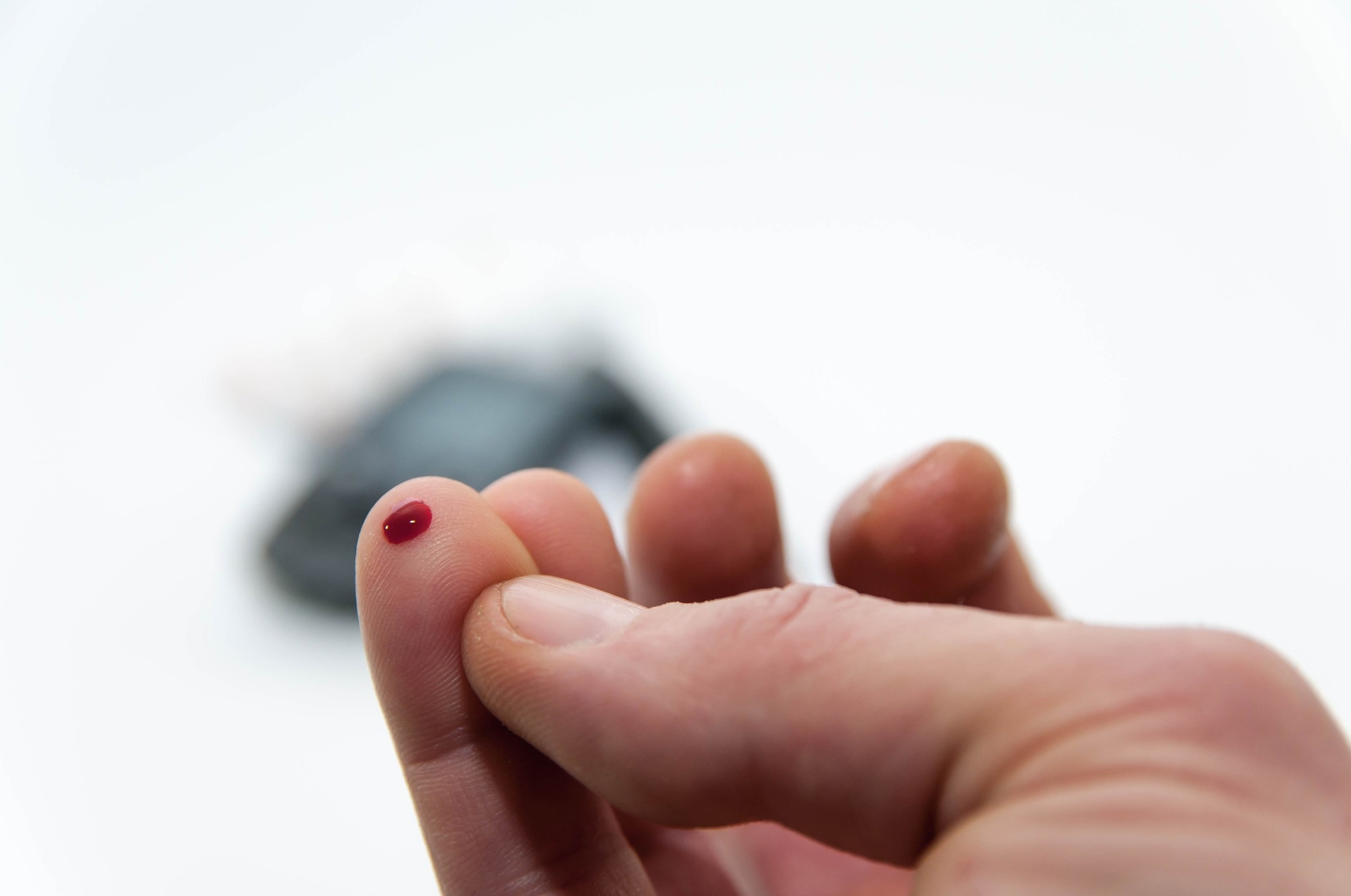In a recent study published in the journal Nutrients, researchers evaluated the effects of exercise on appetite in people with type 2 diabetes mellitus (T2DM) or prediabetes.
The global prevalence of T2DM and prediabetes has been steadily growing, with about 537 million people living with diabetes in 2021, compared to 108 million in 1980. Obesity and overweight are major risk factors for diabetes, and weight reduction reduces the risk of diabetes. Therefore, a normal body weight is essential for diabetes prevention and treatment.
Lifestyle interventions and greater physical activity are preferred options for T2DM treatment and prevention. The impact of exercise on energy balance, appetite, and body weight has been studied less in T2DM or prediabetes patients. Thus, a better understanding of the effects of exercise on appetite and its regulation in prediabetes or T2DM patients may improve existing exercise recommendations.
 Study: The Influence of Acute and Chronic Exercise on Appetite and Appetite Regulation in Patients with Prediabetes or Type 2 Diabetes Mellitus—A Systematic Review. Image Credit: Benedek Alpar / Shutterstock
Study: The Influence of Acute and Chronic Exercise on Appetite and Appetite Regulation in Patients with Prediabetes or Type 2 Diabetes Mellitus—A Systematic Review. Image Credit: Benedek Alpar / Shutterstock
About the study
The present study evaluated how acute and chronic exercise affects appetite and its regulation in T2DM or prediabetes patients. Studies were eligible if they incorporated a bout of acute physical activity or physical training intervention, reported appetite sensation ratings, and compared exercise and non-exercise groups, different exercise regimes, or participants with and without T2DM or prediabetes following the same intervention.
The Cochrane Central Register of Controlled Trials (CINAHL), PubMed, and Web of Science databases were searched for studies. References from included studies were also explored to identify additional studies. Following deduplication, titles/abstracts were screened, and full texts were reviewed.
The following data were extracted: sample size, participants’ age, sex, body mass index (BMI), exercise details, dietary regimens, study duration, medications, appetite ratings, adverse events, and appetite ratings. The risk of bias was assessed using the physiotherapy evidence database scale. The team performed a narrative synthesis of the results.
Findings
Of over 4,000 records identified in database searches, seven studies were included. They were published between 2013 and 23 and included 211 participants. Of these, 183 participants were diagnosed with T2DM and 28 with prediabetes. Two studies examined the effects of chronic exercise on appetite, four evaluated acute exercise, and one investigated both. The quality of evidence for chronic and acute interventions was rated as good.
For assessments of satiety, nausea, hunger, and prospective food consumption, the directions of effects were relatively congruent in acute intervention studies. No study showed a simultaneous increase in satiety and hunger; thus, individual rating scales could be translated into a general trend of appetite. After acute endurance exercise, there was either appetite suppression or no effect for up to 180 minutes following the session.
Two studies measured appetite ratings a day after exercise, and one observed an increase in appetite. Further, two studies investigated resistance exercise; one reported an acute increase in appetite with resistance exercise, whereas the other reported suppressive effects at some time points. In addition, the former study reexamined the acute effects after 12 weeks of training; the results remained unchanged, with no chronic changes in appetite ratings.
Besides, there were no significant changes in appetite hormone levels in the two studies, albeit the feeling of fullness increased at some time points. Likewise, appetite ratings declined, or there was no change following chronic exercise. In a chronic intervention study with 108 participants, satiety increased while hunger decreased in the aerobic endurance and resistance training plus aerobic endurance exercise groups.
In the endurance training group, pre-meal satiety increased; in the combined training group, pre- and post-meal satiety increased after six months. Notably, chronic effects on appetite ratings were inconsistent with changes in appetite hormones. Two acute intervention studies compared participants with and without T2DM.
In one study, there were no differences in appetite ratings between T2DM and non-T2DM groups following exercise. In the other, there were differences in desire to eat and fullness between T2DM and non-T2DM subjects. Further, postprandial fullness declined a day after exercise only in T2DM subjects. No study explicitly reported adverse events.
Conclusions
The study observed that the effects on appetite varied in people with T2DM or prediabetes following acute exercise, whereas appetite ratings declined or were unchanged after chronic exercise. In acute intervention studies, the most consistent finding was increased perceived fullness in T2DM patients after exercise. Overall, the findings provide more evidence for the appetite-reducing effect of (chronic) exercise in prediabetes or T2DM subjects.
Journal reference:
- Konitz C, Schwensfeier L, Predel HG, Brinkmann C. The Influence of Acute and Chronic Exercise on Appetite and Appetite Regulation in Patients with Prediabetes or Type 2 Diabetes Mellitus—A Systematic Review. Nutrients, 2024, DOI: 10.3390/nu16081126, https://www.mdpi.com/2072-6643/16/8/1126